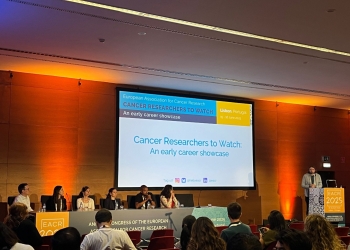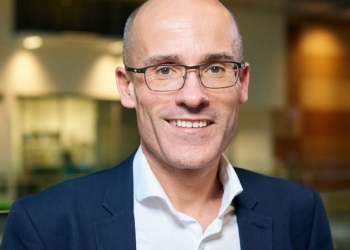by Aleksandra Dabrowska
We’re all probably a little too familiar with cell culture contamination issues. Be it bacteria, fungi or yeast, many of us had the doubtful pleasure of discovering some fluffy growth or unexpected cloudiness in a T75 that we spoke to, in a gentle voice, just the night before, asking the cells to commit a slow, controlled suicide that would prove we just found a cure for one of the cancers.
. . . we mastered aseptic technique over the past 10 years and no foreign invader would dare enter our flask!
Experiment ruined. Is it better to lie to the boss and say that it was the treatment that was too harsh and killed off all the cells or just be honest about one’s sloppiness and face the burden of having your name repeated over and over again as he shakes his head in disbelief?
Of course, as we go up a degree level and into the postdoc world, contaminations do become much less of a problem. So much so that when unwelcome guests appear in our flasks, we tend to suspect that it must’ve been someone else tampering with the tissue culture (TC) hoods/incubator/consumables because we mastered aseptic technique over the past 10 years and no foreign invader would dare enter our flask!
IT happened.

The number on the ‘Day since last contamination’ sign would have to be changed back to zero… if we had one. It was clear that the big C affected quite a few TC users. You could tell by the look on their faces and sneaky peeks at the state of other people’s flasks. Of course, when contamination strikes no one mentions it right away. No one comes running and shouting ‘Hey! Look at my flask! Pantone 101! That’s how low the pH is!’. It took a couple of days before people started talking. Suddenly, being in our TC room turned into a reality show-like experience. Everyone was being watched. Every move, every spray of ethanol mattered. TC users were on a hunt for the culprit.
No sterilisation efforts were helping. The big guns were used – fumigation. All TC work has stopped. The whole room was decontaminated. A couple of weeks after cell culture has commenced again, bacteria were back. Little invaders were coming in waves.
It only took my superhuman grip strength and a blue goop explosion to teach everyone a valuable lesson!
It was my turn to do the rota. I got distilled water and the treatment solution for the water-bath. I noticed it was different from the usual one so I read the instructions. Unlike the previous treatment (a few drops per litre), this one was to be used at 2ml/L. It was incredibly thick so getting out 8ml was taking ages. I squeezed the bottle as hard as I could. The whole thing exploded covering me (including my shocked face) and the rest of the room in blue splatters (very hard to remove I might add!). My fellow TC users burst into laughter asking what I was trying to do. ‘How the hell do you get 8ml out of this bottle without squeezing as hard as you can?’ I replied. ‘8ml? You need only a few drops!’ someone said…
It was a lightbulb moment for us. No one was laughing anymore. We literally wasted weeks’ worth of work because people did not think to check the new instructions. It only took my superhuman grip strength and a blue goop explosion to teach everyone a valuable lesson!
About the author
Aleksandra Dabrowska is working as a postdoctoral researcher in the department of Surgery and Cancer at Imperial College London. Her research has been predominantly focused on microRNAs with her most recent publication looking at the role of miR-26a in chromosomal instability and tumorigenesis. The focus of Aleksandra’s current project is regulation of translation in cancer cells exposed to different types of stress.
Header artwork: photo by Laura Converse on Unsplash









